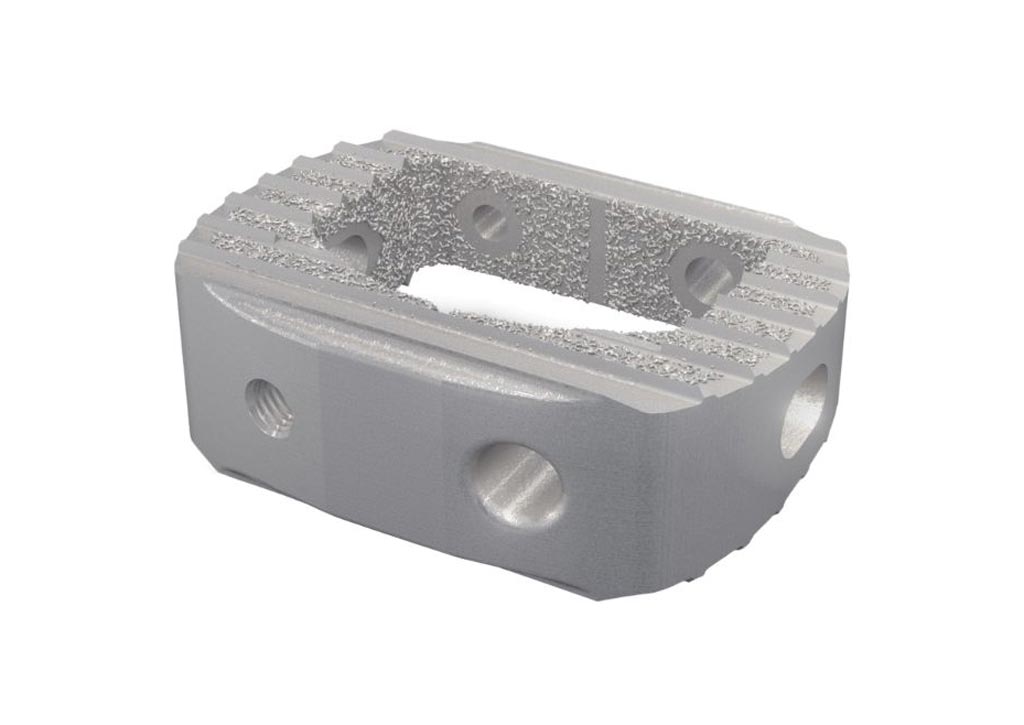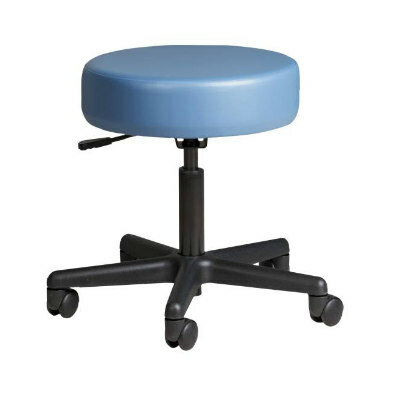3D-Printed Spinal Implant Promotes Biological Fixation
By HospiMedica International staff writers
Posted on 31 Oct 2017
A new anterior cervical cage fabricated via additive manufacturing provides a favorable environment for cell attachment and proliferation.Posted on 31 Oct 2017
The Stryker Corporation (Kalamazoo, MI, USA) Tritanium C Anterior Cervical Cage is indicated for use in cervical interbody fusion procedures in skeletally mature patients with degenerative disc disease. The C Anterior Cervical Cage is manufactured using Tritanium, a highly porous titanium material that consists of a random interconnected architecture with rugged, irregular pore sizes and shapes that are designed to mimic cancellous bone. Tritanium encourages bone in-growth and biological fixation, and can also wick and retain fluid.

Image: The Tritanium C anterior cervical cage implant (Photo courtesy of Stryker).
The C Anterior Cervical Cage implant is fabricated via Stryker AMagine, an approach to implant creation that is based on additive three-dimensional (3D) printing. Features include an open central graft window and lateral windows to help reduce stiffness of the cage and minimize subsidence; in addition, the large graft window allows for bone graft containment. Serrations on the superior and inferior surfaces allow bidirectional fixation and maximize surface area for endplate contact with the cage, while smooth posterior edges facilitate insertion and protect soft tissue and anatomy.
“Stryker’s Tritanium Technology is engineered for bone,” said Bradley Paddock, president of the Stryker Spine division. “Our growing line of Tritanium implants reflects our commitment to being at the forefront of technology advances in spinal surgery, and to providing our surgeon customers with a range of options to address their preferences and meet the needs of their patients.”
An interbody cage device is a prosthesis used in spinal fusion procedures to maintain foraminal height and decompression. Once in place, the cage resists flexion and extension of the spine, as well as axial forces across the ventral and middle columns. The Tritanium C Anterior Cervical Cage is offered in a number of footprints, heights, and lordotic angles to adapt to a variety of patient anatomies.














